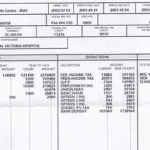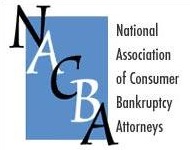Remember the float? Your client’s check book balance may not be the funds on hand when the bankruptcy case is filed.
Too often the client whips out his checkbook to tell what’s on deposit when we gather to sign the bankruptcy petition. The client has already deducted, at least mentally, the recent checks he’s written.
But call the bank, and you may get a far larger number if there are checks written that haven’t cleared. Until the payee deposits the check and it clears the bank, the money to back the check is still in the payor’s account. And if it’s still in the bank, it needs to be disclosed on Schedule B.
If exemptions are precious on your facts, you may just have left money on the table if you go with the check book balance. The trustee will look to the bank’s version of funds on hand when he makes a demand for your client’s cash.
There are two take away’s here:
- it’s the money still actually in the bank that counts; and
- if you need to spend down money immediately before filing the case, use cashier’s checks.
When the client buys a cashier’s check from the bank, the funds leave his account on the spot. When the client mails off the cashier’s check, neither he nor his bank account has possession of the funds. Voila, the client has effectively spent down the funds on hand, presumably for goods or services that he needs or that are exempt.
So, while we all applaud the client who balances his check book, go with the bank’s number when double checking the schedules.
If you need ideas on how to spend down that pesky cash, see my earlier article on 10 ways to spend down excess cash and then visit my second thoughts on the intersection between exemption planning and the means test.
Image courtesy of betsssssy









Great post, Cathy! This very practical stuff and very helpful to BK greenhorns like myself. -Joel
Glad it helps. That’s my goal.